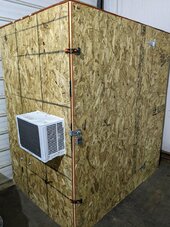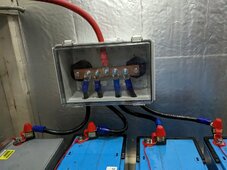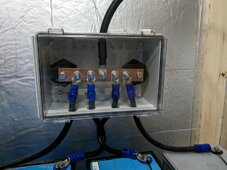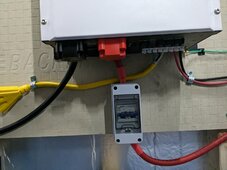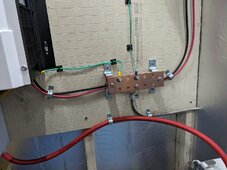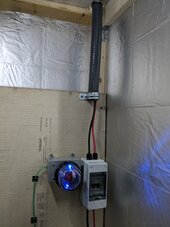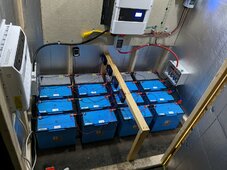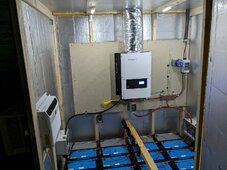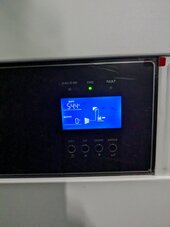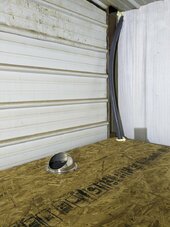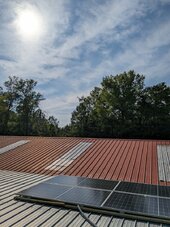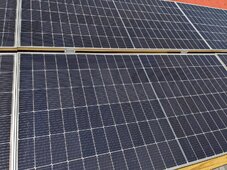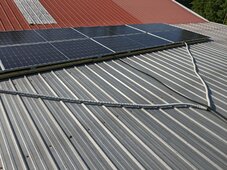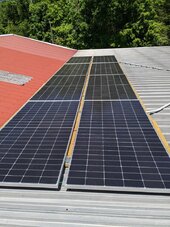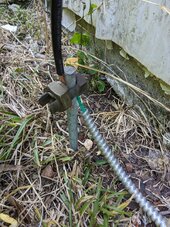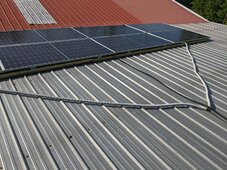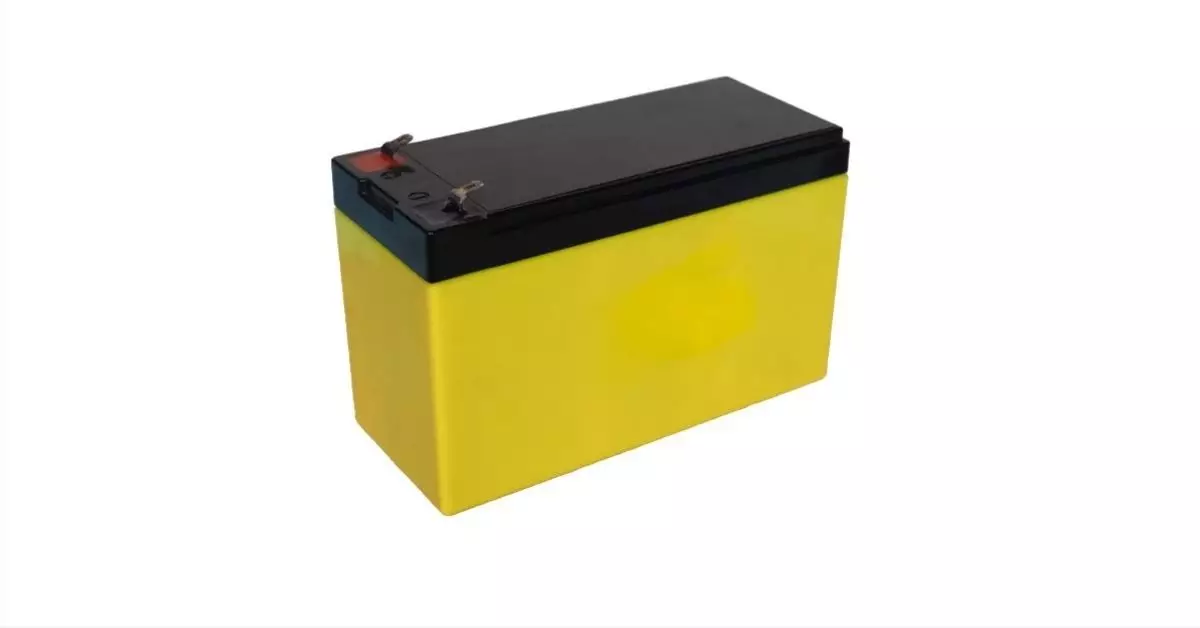OffGridForGood
Catch, make or grow everything you can.
Actually a long time back we had an EE on the form Solarod - he was commenting on this exact set up with 2, 3 4 and 5 packs,
I chatted with him about having (then) six packs with two being only 100Ah while the rest are a mix of 280Ah and 304Ah packs. This later lead to pairing up the two 100Ah packs to act like a "200Ah" pack, ie closer to the others, and paying with where in the stack they are set, and what size wire and what length to get the balance 'closer'. This was a good learning experience for me and my ESS - since the vast difference of 100Ah and 304Ah packs was far from a balance before his input lead me to a much improved set up. - just noting this for interest.
I chatted with him about having (then) six packs with two being only 100Ah while the rest are a mix of 280Ah and 304Ah packs. This later lead to pairing up the two 100Ah packs to act like a "200Ah" pack, ie closer to the others, and paying with where in the stack they are set, and what size wire and what length to get the balance 'closer'. This was a good learning experience for me and my ESS - since the vast difference of 100Ah and 304Ah packs was far from a balance before his input lead me to a much improved set up. - just noting this for interest.




